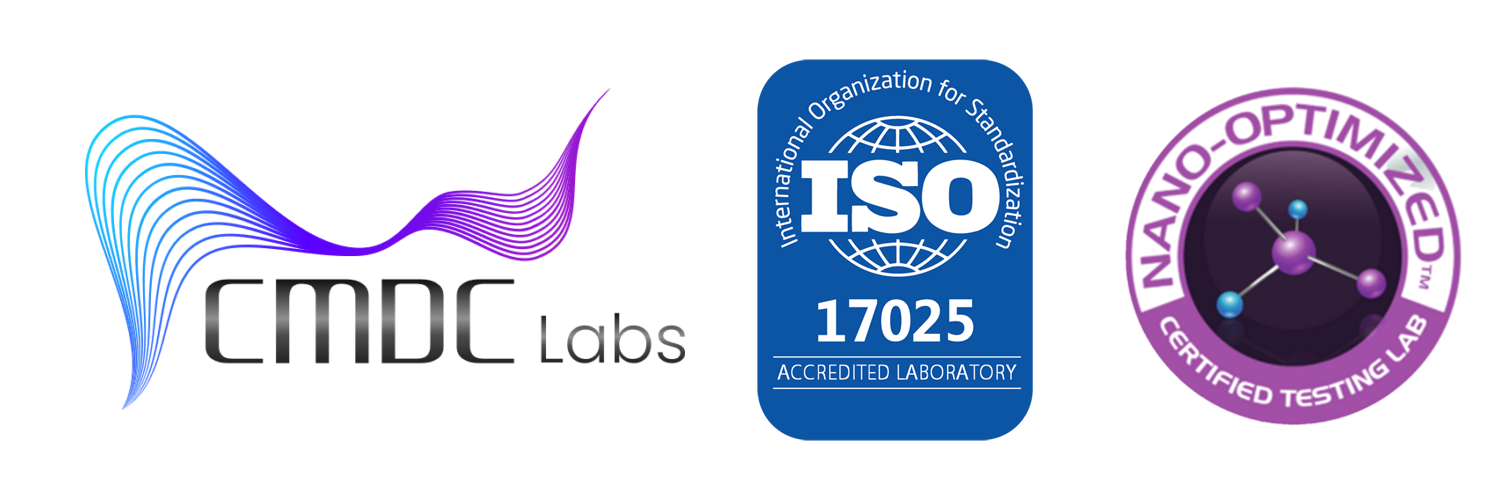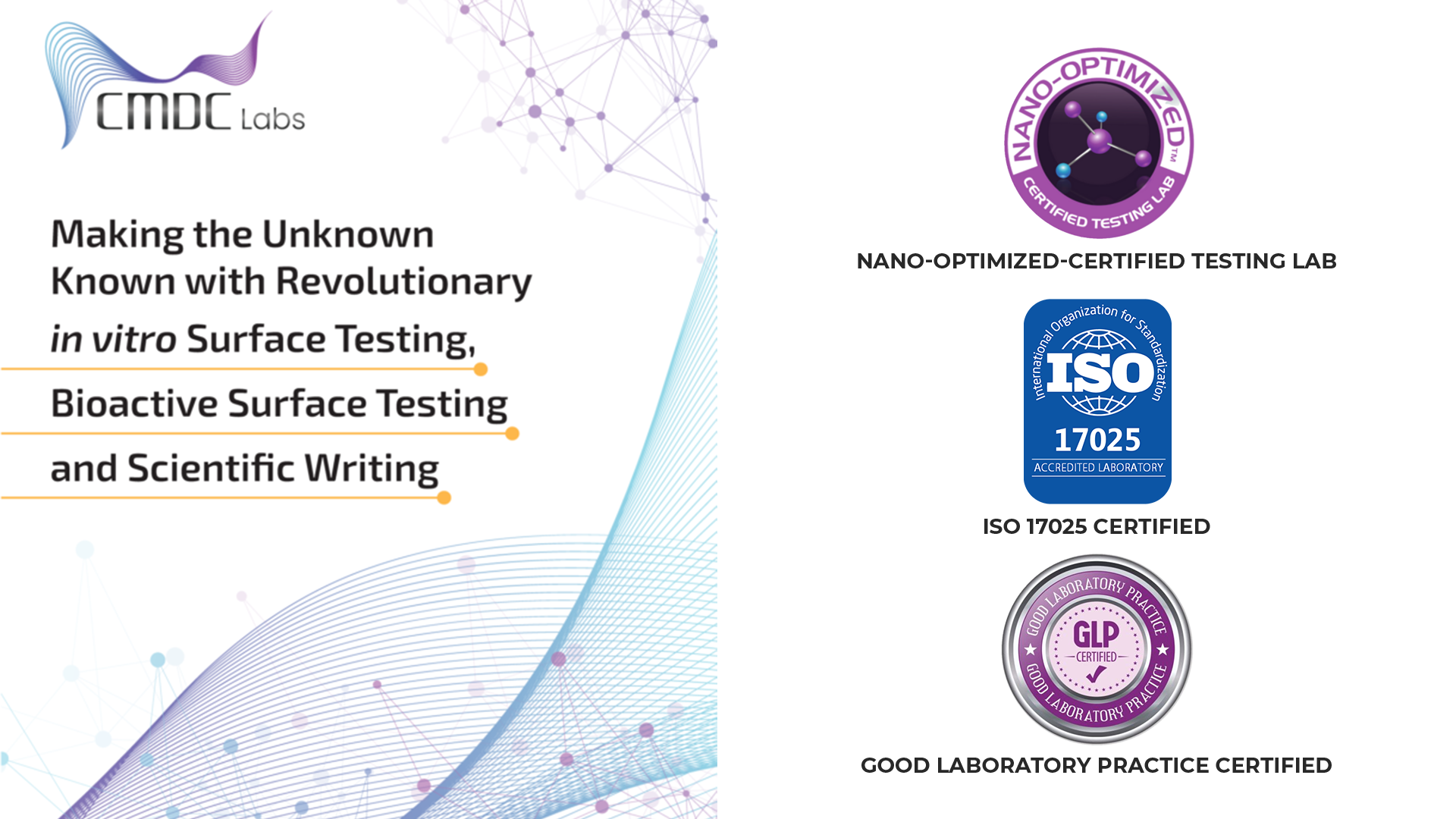In today’s world, antimicrobial surfaces have become a vital part of many industries, from healthcare and food production to consumer goods and public spaces. The global need for surface materials that inhibit the growth of harmful microorganisms, including bacteria, fungi, and viruses, is at an all-time high. Whether it’s in hospitals, where contamination control is critical, or in food processing plants, where preventing the growth of pathogens can save lives, antimicrobial surfaces are being increasingly used to enhance hygiene, improve public health, and reduce the risk of cross-contamination.
However, the effectiveness of antimicrobial surfaces depends not only on the material and treatment applied but also on how well these surfaces are tested to ensure they meet the necessary safety and efficacy standards. That’s where antimicrobial surface testing comes into play. This testing ensures that surfaces effectively resist the growth of microorganisms, offering long-lasting protection against harmful pathogens.
In this article, we will delve into the science behind antimicrobial surface testing, the methods used to assess antimicrobial activity, and the industry standards that guide the development and use of antimicrobial surfaces. We will also address some of the challenges faced by industries in adopting antimicrobial surfaces and how testing helps to overcome these obstacles.
1. Understanding Antimicrobial Surfaces
Antimicrobial surfaces are materials that are treated or designed to actively inhibit or kill microorganisms. These surfaces can be used in a variety of settings, including:
- Hospitals and Healthcare Facilities: To reduce the spread of healthcare-associated infections (HAIs).
- Food Processing: To prevent contamination from foodborne pathogens.
- Consumer Goods: For products such as door handles, kitchen utensils, and textiles that need to resist bacterial growth.
- Public Spaces: To minimize the spread of germs in areas such as airports, schools, and offices.
These surfaces are typically treated with antimicrobial agents that either release chemicals slowly over time or have properties that actively prevent microorganism growth. The most common antimicrobial treatments include:
- Silver Ions: Silver has long been known for its antimicrobial properties, and it is commonly used in medical devices, textiles, and surface coatings.
- Copper and Copper Alloys: Copper has been shown to kill bacteria on contact, making it a popular choice for high-touch surfaces in hospitals and public spaces.
- Zinc Oxide and Other Metal Oxides: These compounds disrupt the cellular processes of microorganisms, preventing their growth.
The efficiency of these materials, however, needs to be rigorously tested to confirm their claims and ensure they meet safety standards.
2. The Science Behind Antimicrobial Surface Testing
Antimicrobial surface testing is the process used to determine how effective a material is at preventing microbial growth. The science behind antimicrobial testing is based on understanding how microorganisms interact with surfaces and how those surfaces either inhibit microbial growth or kill the microorganisms outright.
There are several key aspects of antimicrobial surface testing that involve understanding:
- The type of microorganism: Different bacteria, fungi, and viruses exhibit varying degrees of resistance to antimicrobial agents. For example, E. coli may be more susceptible to copper than Salmonella, and viruses like Norovirus may require different testing conditions compared to bacteria.
- Contact time: The effectiveness of antimicrobial surfaces is influenced by how long microorganisms are in contact with the surface. Surfaces with longer-lasting antimicrobial properties may require less frequent cleaning.
- Environmental conditions: Factors like temperature, humidity, and the presence of organic matter (e.g., dirt, oils, or food particles) can impact the performance of antimicrobial surfaces.
- Release kinetics of antimicrobial agents: Some antimicrobial surfaces release agents slowly over time, while others rely on their inherent properties to inhibit microbial growth.
The goal of antimicrobial testing is to simulate real-world conditions to determine how well a surface performs in preventing contamination and reducing the growth of harmful microorganisms.
3. Common Methods for Antimicrobial Surface Testing
There are several standardized methods used to test the efficacy of antimicrobial surfaces. These methods typically involve introducing a microorganism to the surface and measuring its ability to grow or be killed over time. Some of the most widely used methods include:
A. The Disk Diffusion Test
The disk diffusion test, also known as the Kirby-Bauer test, is one of the most commonly used methods to test antimicrobial activity. In this method, a small disk soaked with an antimicrobial agent is placed on an agar plate inoculated with the microorganism of interest. The disk creates a “zone of inhibition” around it, where no microbial growth occurs. The size of this zone is measured and compared to established standards to determine the effectiveness of the antimicrobial agent.
- Applications: This method is widely used to test antibiotics and other antimicrobial treatments, and it can be adapted to test antimicrobial surface materials by placing the material in direct contact with the agar plate.
- Pain Points Solved: One of the challenges of this method is that it primarily tests for antimicrobial activity in liquid cultures. For surfaces, this method may not always replicate the real-world conditions under which the surface will be used.
B. The Surface Testing Method (ASTM E2149)
The ASTM E2149 method is a standardized surface testing procedure used to evaluate the antimicrobial activity of treated surfaces. This method involves inoculating the surface with a known quantity of microorganisms and then assessing the number of viable microorganisms that remain on the surface after a specified contact time.
- How it Works: The surface is treated with the antimicrobial agent and then tested against a specific microorganism (e.g., Staphylococcus aureus or Escherichia coli). After the prescribed exposure period, the surface is rinsed, and the remaining viable microorganisms are quantified by plating or another detection method.
- Applications: This method is particularly useful for testing antimicrobial efficacy on hard surfaces, such as metal, plastic, and glass, and it is used in a variety of industries, including healthcare, food safety, and consumer goods.
- Pain Points Solved: One common challenge in antimicrobial surface testing is replicating real-world exposure conditions. The ASTM E2149 method provides a more relevant and realistic test by simulating contact between microorganisms and treated surfaces.
C. The ISO 22196 Method
The ISO 22196 method is another internationally recognized standard used to evaluate antimicrobial activity on plastic and other non-porous surfaces. It is commonly used in the development of antimicrobial-treated materials for medical devices and consumer products.
- How it Works: The microorganism is applied to the surface, and after a specific incubation period, the number of surviving microorganisms is determined by counting the colonies that grow from the sample.
- Applications: ISO 22196 is used by manufacturers of plastics, textiles, and coatings to test antimicrobial efficacy before launching products into the market.
- Pain Points Solved: The ISO 22196 method addresses the need for a standardized and reliable test for antimicrobial activity on a variety of surface types. By creating consistent testing conditions, it ensures that products meet the expected antimicrobial performance.
D. Real-Time Testing and Contact Angle Measurement
Some newer methods involve real-time testing or using contact angle measurements to assess antimicrobial properties. By monitoring microbial growth over time or measuring how effectively a surface repels bacteria, these methods can provide dynamic insights into antimicrobial activity. Real-time monitoring allows manufacturers to evaluate the performance of antimicrobial surfaces under varying conditions.
- Applications: These methods are particularly valuable in high-throughput environments where rapid feedback is required for large numbers of product samples, such as in industrial manufacturing or large-scale research settings.
- Pain Points Solved: These techniques offer quicker turnaround times and more dynamic testing conditions compared to traditional methods, which helps manufacturers optimize products faster.
4. Industry Standards and Regulatory Considerations
When it comes to antimicrobial surface testing, ensuring compliance with industry standards is critical for gaining market acceptance and ensuring product safety. Several organizations and standards guide antimicrobial surface testing:
A. ISO Standards
- ISO 22196: As mentioned earlier, ISO 22196 is one of the most widely recognized standards for testing the antimicrobial properties of non-porous surfaces.
- ISO 20743: This standard provides guidelines for evaluating the antimicrobial effectiveness of textiles, which can also be applied to testing antimicrobial surface materials used in the textile industry.
B. U.S. Environmental Protection Agency (EPA)
In the United States, antimicrobial products are regulated by the EPA under the Federal Insecticide, Fungicide, and Rodenticide Act (FIFRA). Manufacturers must submit data to the EPA showing that their antimicrobial products are safe and effective for use in controlling specific microorganisms. This is particularly important for products used in public health environments, such as hospitals.
C. FDA Regulations for Medical Devices
For medical devices, the FDA requires antimicrobial testing as part of the approval process. Testing ensures that the device will not introduce infections and that any antimicrobial properties meet the required standards for safety and performance.
5. Challenges in Antimicrobial Surface Testing
While antimicrobial surface testing is a valuable tool for ensuring product safety, several challenges remain:
A. Variability in Test Conditions
One of the primary challenges in antimicrobial surface testing is ensuring that the test conditions replicate real-world environments. Factors such as humidity, temperature, and organic matter (e.g., soil, sweat, oils) can impact the effectiveness of antimicrobial treatments. Testing methods must account for these variables to ensure that products perform as expected in everyday use.
B. Durability of Antimicrobial Effects
Another challenge is measuring how long antimicrobial properties last over time. As antimicrobial agents release slowly or degrade due to wear and tear, it is critical to test the longevity of these effects under conditions that mimic real-world usage, such as in high-touch surfaces.
6. Conclusion
The science behind antimicrobial surface testing is an essential component of product development, ensuring that surfaces effectively reduce the risk of microbial contamination and promote hygiene. By using standardized methods like ASTM E2149 and ISO 22196, industries can verify that their products meet necessary performance benchmarks and regulatory requirements.
As the demand for antimicrobial products grows, it is critical for manufacturers to adopt effective testing protocols and adhere to industry standards to ensure safety, efficacy, and long-term performance. With advancements in testing methods, real-time monitoring, and regulatory guidelines, antimicrobial surface testing is helping industries tackle the challenges of contamination control, improving public health, and ensuring the safety of consumers and patients.

